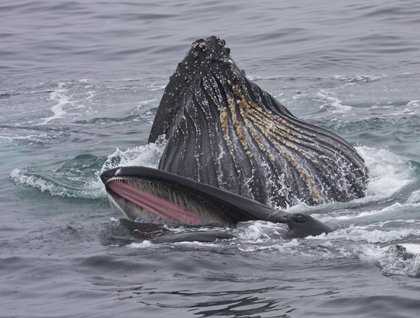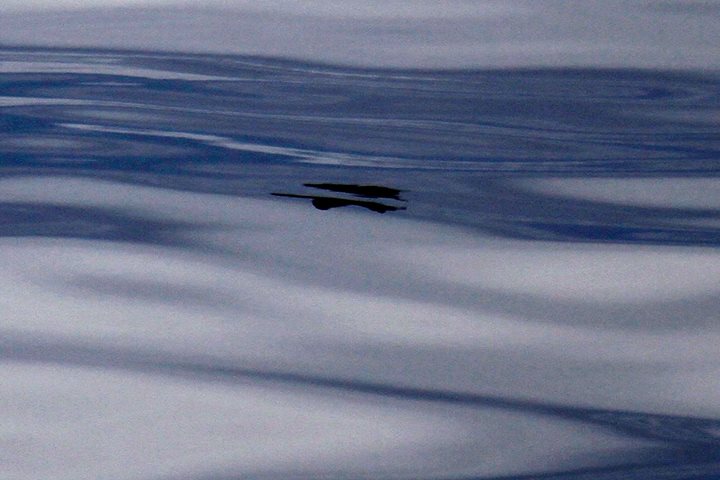This morning we awoke to another refreshing day along the shores of Wiencke Island. Discovered by Jean Baptiste Charcot in 1904 during the first French Antarctic expedition, Port Lockroy later became known as a safe and secure anchorage that was used by the whaling industry from 1911-1931. In those days it was vital to have a supply of fresh water to process the whales and the surrounding glaciers provided that necessary resource.
Remnants of that era were evident at our landing on the shore of Goudier Island where chains and eyebolts reminded us of a time when whalers moored in these protected waters. On Jougla Point scattered whalebones also reminded us of that era, when over 1.5 million whales were harvested throughout the sub-Antarctic islands (S. Georgia, etc) and continent.
Further up the trail we visited the beautifully restored Bransfield House, which was the first permanent British government was building on the Peninsula. Built during WWII, this base was erected as a part of Operation Tabarin, an expedition sent to secure British territorial claims, ensure no foothold could be gained by the Axis and to report the weather. After the war the base was handed over to the British Antarctic Survey and science from the base was dedicated largely to research of the ionosphere (upper atmosphere) and the understanding of high frequency radio. The base closed in 1962 and became a historical site in 1995. The restoration allowed us to step back in time and return for a moment to the 50s, when Bransfield House was used as a British base. It was an extraordinary morning of a historical note with an amazing backdrop of the Seven Sisters and in the company of sheathbills, gentoo penguins, Antarctic shags and Weddell seals.
This afternoon, after Jason’s excellent presentation on “Ice” we found a group of humpback whales feeding collectively. Clearly no shortage of food in Dallmann Bay; these whales were consistently surfacing with mouths agape, distended ventral pleats and baleen plates visible on their upper jaws. What a phenomenal view of a species that migrates here from South America to feed in these krill-rich waters!







